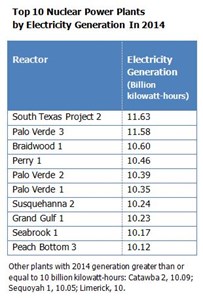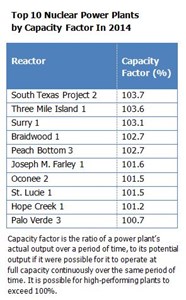Experts suggest that without nuclear power the world has little chance of restraining global warming to less than 2 degrees Celsius
By Bobby Magill and Climate Central Since the 2011 Fukushima Daiichi nuclear accident in Japan chilled global attitudes toward nuclear power, the world has been slowly reconciling its discomfort with nuclear and the idea that it may have a role to play in reducing greenhouse gas emissions to tackle climate change.
Since the 2011 Fukushima Daiichi nuclear accident in Japan chilled global attitudes toward nuclear power, the world has been slowly reconciling its discomfort with nuclear and the idea that it may have a role to play in reducing greenhouse gas emissions to tackle climate change.
The International Energy Agency and the Nuclear Energy Agency suggest in a report released Thursday that nuclear will have such a significant role to play in climate strategy that nuclear power generation capacity will have to double by 2050 in order for the world to meet the international 2°C (3.6°F) warming goal.
With fossil fuels growing as sources of electricity across the globe, the IEA sees nuclear power as a stable source of low-carbon power helping to take polluting coal-fired plants offline.
Read more...








